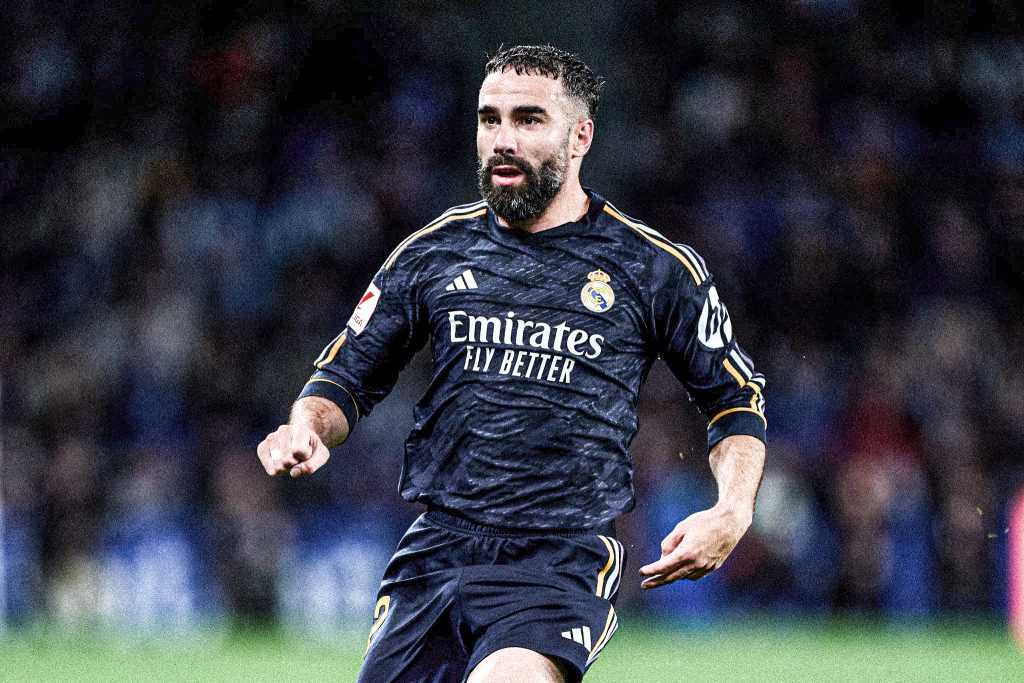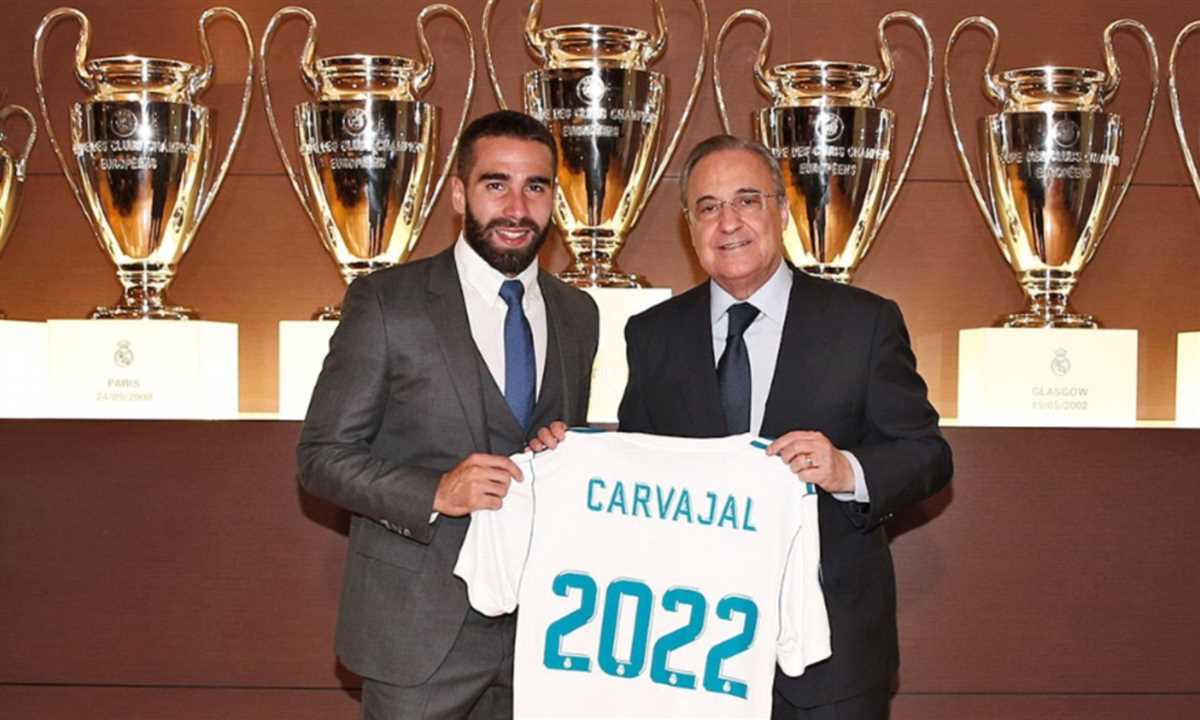The realm of professional sports often features complex agreements that define the terms of athletes’ commitments and expectations. These arrangements are not just about financial compensation but also encompass various clauses that can influence a player’s career trajectory and team dynamics.
In the context of a prominent defender’s career, understanding these agreements provides insight into how they shape both the player’s journey and the club’s strategy. Each deal is crafted to address specific needs and objectives, balancing individual aspirations with team goals.
Overview of the Player’s Career
This section provides an insight into the professional journey of a prominent footballer, renowned for his defensive skills and contributions to major clubs and national teams. The career of this athlete has been marked by significant achievements and numerous milestones, highlighting his impact on the sport.
Throughout his career, the player has been associated with several key phases and transitions, reflecting his evolving role within the sport. From early beginnings to becoming a crucial figure in elite competitions, his journey illustrates a blend of talent and dedication.
| Period | Club/Team | Key Achievements |
|---|---|---|
| 2000-2005 | Youth Academy | Development and Early Training |
| 2005-2010 | Club A | Breakthrough and Initial Success |
| 2010-2015 | Club B | Major Titles and International Recognition |
| 2015-Present | Club C | Continued Excellence and Leadership |
Key Agreements in His Journey
Throughout his career, pivotal agreements have significantly influenced his trajectory in professional sports. These pivotal deals not only shaped his growth and development but also impacted his standing within the sport. Each agreement represents a critical milestone, marking a phase of progress and achievement in his ongoing journey.
Impact of Recent Contract Changes
Recent modifications to player agreements have introduced notable shifts in both team dynamics and individual performance. These adjustments often reflect broader trends in the sports industry, highlighting evolving expectations and strategic decisions.
- Financial Implications: New terms can significantly alter the financial landscape for teams and players. Increased salaries or bonus structures can influence team budgets and long-term planning.
- Performance Pressure: Changes in terms can affect player motivation and expectations. Enhanced incentives might boost performance, while higher stakes can also lead to increased stress.
- Team Dynamics: Modifications in agreements can shift team chemistry. New roles or responsibilities might impact how players interact and collaborate on the field.
- Market Value: Adjusted agreements can influence a player’s market value, affecting potential transfers and the overall team strategy in the transfer market.
Negotiation Strategies for Contracts
Effective negotiation strategies are crucial for securing favorable terms in any agreement. This process often involves balancing various interests and leveraging strategic communication to achieve the desired outcome. By understanding key negotiation tactics, one can enhance their ability to reach mutually beneficial agreements.
Clear Objectives: Defining clear goals is essential in negotiations. It helps in setting priorities and determining acceptable terms. Articulating these objectives clearly to the other party ensures that both sides understand each other’s needs and expectations.
Strategic Timing: Timing plays a significant role in negotiations. Choosing the right moment to present proposals or counteroffers can influence the outcome. Being aware of the other party’s situation and timing negotiations accordingly can lead to more favorable terms.
Effective Communication: Skillful communication is vital. It involves not only presenting arguments persuasively but also actively listening to the other party’s concerns and needs. Clear and respectful communication fosters a collaborative atmosphere, which can facilitate reaching an agreement.
Flexibility and Adaptability: Being open to adjusting positions and exploring alternative solutions can enhance the negotiation process. Flexibility allows for the consideration of creative solutions that might satisfy both parties, leading to a more successful resolution.
Comparing Contracts with Peers

Evaluating the agreements of a prominent football defender alongside those of his contemporaries reveals intriguing insights. When assessing various players’ arrangements, several factors come into play, including financial terms, contract length, and performance incentives.
In contrast to many of his peers, this player’s recent deal emphasizes stability and long-term commitment. His terms often reflect a blend of competitive wages and substantial bonuses tied to individual and team achievements. This approach aligns with the trend seen among top defenders who secure contracts that reward both consistent performance and potential for future successes.
By examining these arrangements, one can gain a clearer understanding of how elite defenders’ deals are structured in relation to their counterparts, highlighting differences and similarities in how they are valued within the sport.
Future Prospects and Contract Trends

In the dynamic world of professional sports, the trajectory of players’ careers often hinges on evolving agreements and market trends. Observing current patterns provides insights into how athletes’ future endeavors might be shaped and influenced.
- Shifting Market Dynamics: As the value of players continues to fluctuate based on performance and demand, the nature of their agreements is also adapting. Teams and agents are increasingly focused on tailoring deals to reflect current economic conditions and player potential.
- Increased Flexibility: Modern agreements are becoming more flexible, allowing for periodic adjustments that align with a player’s form and the team’s needs. This adaptability can include performance-based incentives and shorter-term commitments.
- Global Influence: The rise of international leagues and global exposure is expanding the opportunities for players, influencing the terms and scope of their agreements. This trend is pushing teams to be more strategic in their negotiations and contract offerings.
Understanding these trends helps in anticipating how the future landscape of player agreements might evolve, providing valuable context for fans, analysts, and industry professionals alike.




